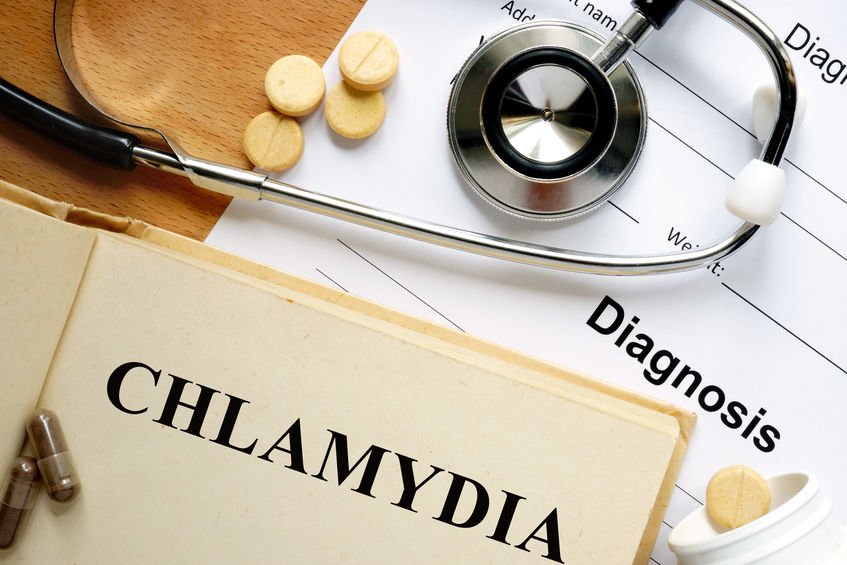
23 Jan Chlamydia in Women – Understanding Symptoms, Causes, and Treatment
Explore the symptoms, causes, and treatment of Chlamydia in women. Learn about prevention, recent developments, and FAQs. Empower yourself with knowledge for better sexual health.
Chlamydia infection is a prevalent concern, especially among women. This silent intruder often goes unnoticed, emphasizing the need for awareness and understanding of its symptoms, causes, and treatment. Let’s delve into the intricacies of Chlamydia to empower women with knowledge and promote overall reproductive health.
Introduction
Chlamydia is a common sexually transmitted infection (STI) caused by the bacterium Chlamydia trachomatis. While it affects both men and women, our focus here is on unraveling its impact on women’s health. Acknowledging the signs, causes, and available treatments is crucial for maintaining reproductive well-being.
Understanding Chlamydia Infection

Chlamydia, often referred to as the “silent infection,” manifests without conspicuous symptoms. This stealthy nature makes it imperative for women to be proactive about their sexual health through regular check-ups and awareness.
Common Symptoms in Women
Recognizing the subtle symptoms of Chlamydia is paramount. From mild discomfort to more pronounced signs, early detection plays a pivotal role in effective treatment. Vaginal discharge, pelvic pain, and unusual bleeding are potential indicators that should not be overlooked.
Causes of Chlamydia Infection
Understanding how Chlamydia spreads is essential for prevention. Unprotected sexual intercourse, including vaginal, anal, or oral sex, can facilitate transmission. Factors such as multiple sexual partners and inconsistent condom use increase the risk of contracting the infection.
The Importance of Timely Diagnosis
Undiagnosed and untreated Chlamydia can lead to severe complications, including pelvic inflammatory disease (PID) and infertility. Regular testing, especially for those with multiple partners, is crucial. Diagnostic methods range from simple urine tests to more comprehensive pelvic examinations.
Treatment Options
Fortunately, Chlamydia is treatable with antibiotics. It’s essential, however, to complete the prescribed course to ensure complete eradication of the infection. Prompt treatment not only alleviates symptoms but also prevents the progression of complications.
Preventive Measures
Prevention is the first line of defense against Chlamydia. Practicing safe sex, using condoms consistently, and limiting sexual partners are effective preventive measures. Regular screenings enhance early detection, facilitating timely intervention.
Impact on Reproductive Health
Chlamydia can significantly impact reproductive health. From PID to tubal factor infertility, the consequences can be severe. Recognizing the potential risks emphasizes the importance of proactive health management.
Addressing Stigmas and Myths
Stigmas and myths surrounding Chlamydia can hinder open conversations. Dispel misconceptions by fostering a supportive environment that encourages individuals to seek information and professional guidance without judgment.
Navigating the Emotional Aspect
The stigma associated with STIs can take a toll on emotional well-being. It’s crucial to address the emotional aspect of Chlamydia, emphasizing that an infection does not define an individual’s worth. Seeking support and counseling can be instrumental in coping with the emotional challenges.
Partner Involvement
Chlamydia affects both partners in a relationship. Encourage open communication about sexual health, and stress the importance of mutual testing and treatment. Taking a unified approach strengthens the foundation of a healthy relationship.
Recent Advancements in Treatment
Medical advancements continue to broaden the landscape of Chlamydia treatment. Ongoing research offers promising developments, including more efficient antibiotics and innovative approaches to managing the infection.
Chlamydia and Pregnancy
For pregnant women, Chlamydia poses additional risks. It can lead to complications such as preterm birth and low birth weight. Early detection and treatment are crucial for ensuring a healthy pregnancy.
Educational Campaigns and Awareness
Community-level awareness plays a pivotal role in combating Chlamydia. Educational campaigns, spearheaded by healthcare professionals, aim to debunk myths, promote safe practices, and encourage regular screenings.
Conclusion
In conclusion, understanding Chlamydia is the first step toward combating its impact on women’s health. From recognizing symptoms to embracing preventive measures, informed decisions empower individuals to take charge of their sexual health. Let’s break the silence, dispel stigmas, and foster an environment of open communication to ensure a healthier future.
FAQs
- Can Chlamydia go away on its own?
- Chlamydia does not typically resolve without treatment; antibiotics are necessary for a complete cure.
- How often should women get tested for Chlamydia?
- Annual testing is recommended, and more frequent testing is advised for those with multiple sexual partners.
- Is Chlamydia a sign of infidelity?
- No, Chlamydia can be contracted through unprotected sex with an infected partner, and it does not necessarily indicate infidelity.
- Can Chlamydia affect fertility permanently?
- Untreated Chlamydia can lead to complications like PID, potentially affecting fertility. Timely treatment minimizes this risk.
- Are there vaccines for Chlamydia?
- Currently, there is no vaccine for Chlamydia, but ongoing research may lead to future developments.




No Comments